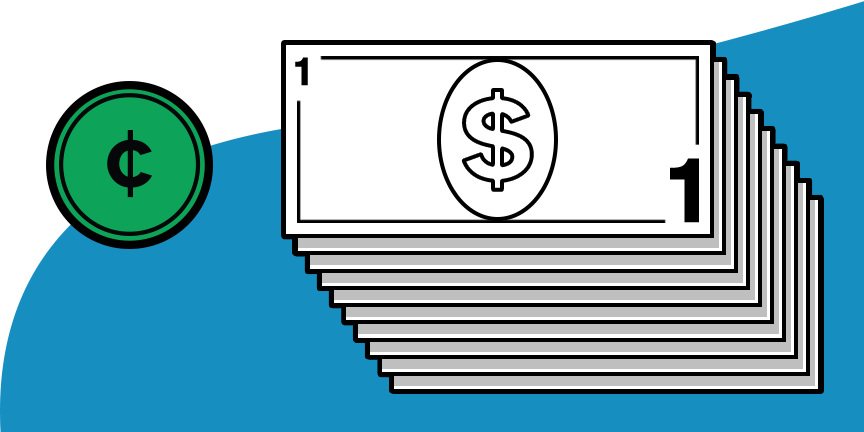Foundation Giving for Disability Recommendations
Priorities and Trends Report

About the Report
One in four adult Americans and an estimated 1 billion people globally experience disability, but foundation funding for disability only represents approximately two cents of every foundation dollar awarded.
Foundation Giving for Disability: Priorities and Trends offers a first-ever, detailed examination of how U.S. foundations focus their support for disability communities. It serves as a resource for understanding the scale and priorities of current support and provides a baseline for measuring changes in funding going forward.
Recommendations
The current scale of foundation investment in disability inclusion, rights, and justice is low. Nonetheless, three-quarters of Foundation 1000 funders demonstrated interest by making at least one disability grant. With intentional action, all funders can move communities toward equity for disabled people by making a commitment to:
Engage the perspectives and leadership of people with disabilities.
Lasting positive change requires that disabled people inform foundation strategy and lead the initiatives that foundations fund.
Be intentional about addressing disability.
Funders can address the disparities disabled people experience by asking about disability in all of their grants: How will the disability community be served by this grant? Does the prospective grantee have a record of effectively engaging and honoring the leadership of disabled people? What adjustments could be made to ensure that people with disabilities have equitable access to the programs we invest in?
Recognize connections to disability in all funding.
For example, foundations addressing voter access may overlook the challenges some disabled people have in accessing polling places, or housing funders may exclude disabled people if they do not require accessibility as a criteria for their investments. Making the connection between disability and all funding areas could have profound implications for how a foundation structures its grantmaking and reduce the invisibility of people with disabilities.
Fund disability inclusion, rights, and justice.
Funders have an opportunity to support inclusion by funding power-building and accessibility that supports individuals in fully participating in their communities. They can advance systems change by funding disability rights. And they can move toward equity with disability justice grants that center the priorities and leadership of the most historically excluded groups, such as disabled people of color, immigrants and queer people.
Sign the Disability Inclusion Pledge, which offers a road map and benchmarking for the journey toward disability inclusion.
All foundations and philanthropy-serving organizations are welcome, whether they are just starting the journey or are continuing to expand their learning and commitment.
Disability is a social, cultural, political, and personal identity, and a natural part of the human experience. People with disabilities include our neighbors, our teachers, our doctors, our lawyers, our friends, our family members, and ourselves. Good intentions are not enough to ensure social justice for all. It is time to join the growing movement of funders incorporating disability into all aspects of their grantmaking and investing in systemic change led by disabled people.
